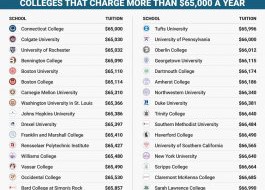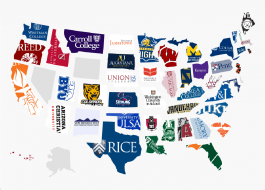
In America today, 65% of children under age 6 have two working parents — more than double the number since 1970.
For families across the country, childcare is a necessity — and financial burden — like never before.
The Care Index, a new report from think tank New America, Care.com, and others, details the three "pillars" of childcare — cost, quality, and availability— and the variances across state lines.
Among its findings, the report revealed that in 33 US states, the average cost of full-time, in-center care for one child under age 4 has eclipsed that of in-state public college tuition. Overall, across the country, childcare now costs $9,589 a year on average, compared with $9,410 for in-state college tuition.
Though the difference in average price isn't yet significant, it represents a daunting trend: The cost of childcare is rising swiftly, and American families are struggling to keep up.
According to The Care Index, from 2009 to 2012, childcare costs rose at "nearly twice the rate of the Consumer Price Index."
Considering that the average family saving for college didn't start saving until their oldest child was 7 years old, it's likely that many are unprepared to cover the costs of childcare. Currently, a family earning the median household income spends 18% of its earnings on childcare costs, while minimum-wage earners spend 64% of their income on childcare.
What's more, those who prefer in-home care, like nannies, to childcare centers are shelling out an average of $28,353 a year, equal to about 53% of the median household income or 188% of earnings for minimum-wage workers.
The study also found that the cost of childcare for children under age 4 — also known as infant care — is 12% higher than for older children.
Here are a few reasons why childcare costs are rising, according to the The Care Index report:
Teacher-child ratios are lowest in infant and toddler classrooms, raising program costs. More teachers employed means more wages to cover. While private and public K-12 education are significantly subsidized by the government and private donations, investments in childcare from both sources are insufficient by comparison. Families can receive tax credits worth 25% to 30% of childcare costs through the Child and Dependent Care Tax Credit, but it's capped at $3,000 and is unfavorable for low-income families who don't owe much in income taxes.Check out The Care Index's interactive map, which breaks down costs, quality, and availability of childcare by state.
Follow Smart Investor and never miss an update!
Get updates in your inbox
Subscribe to Smart Investor and never miss an update!




